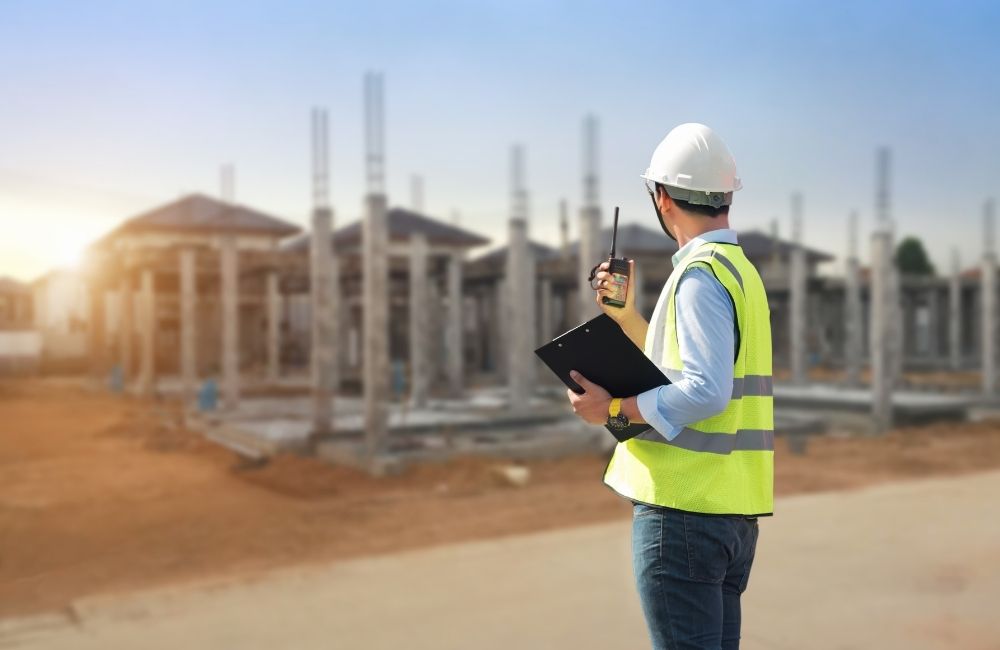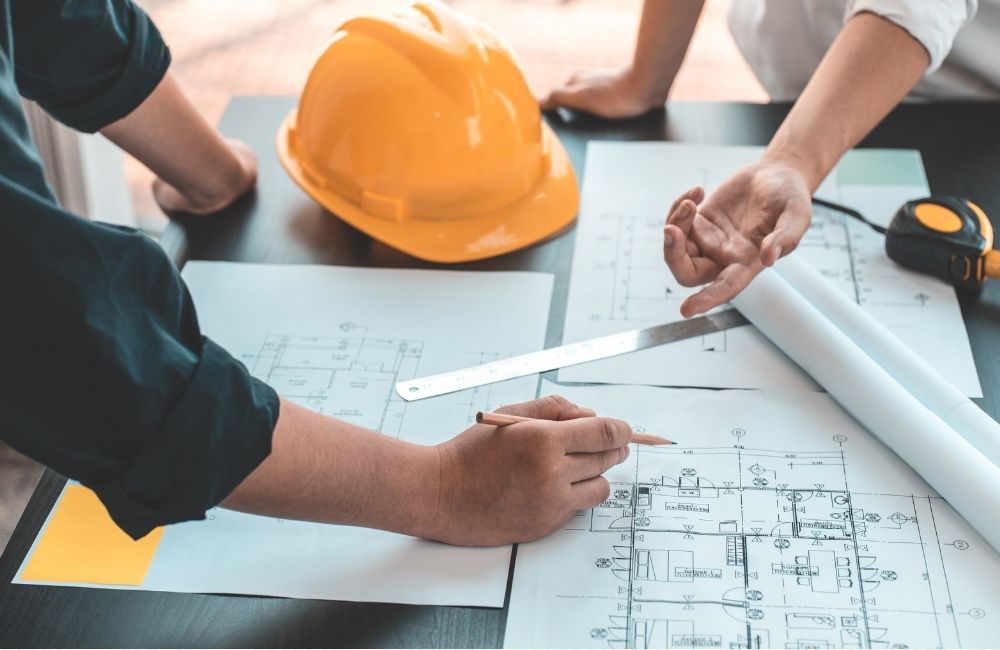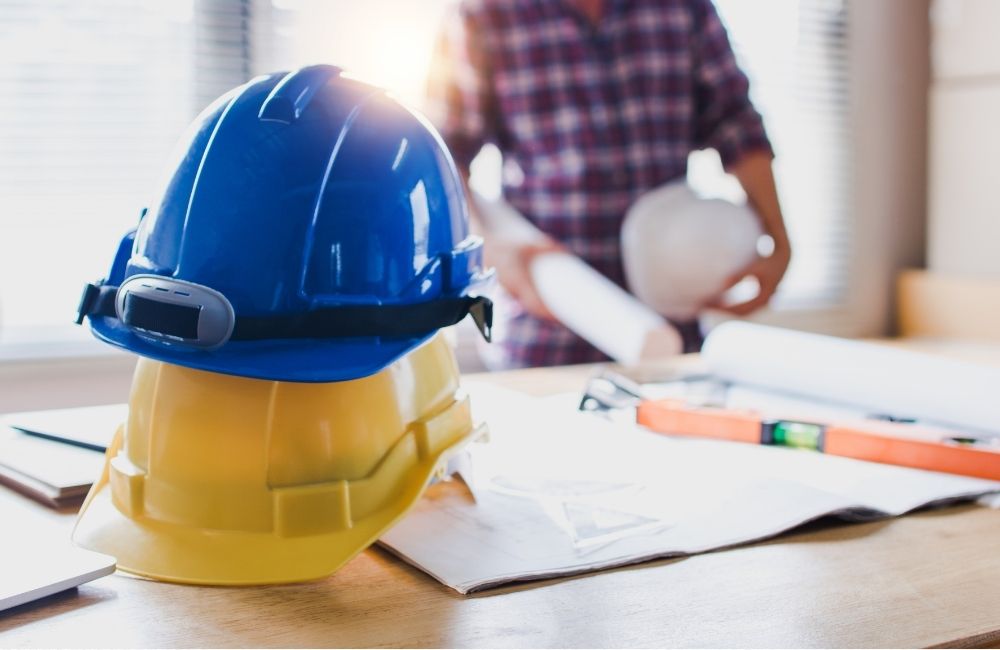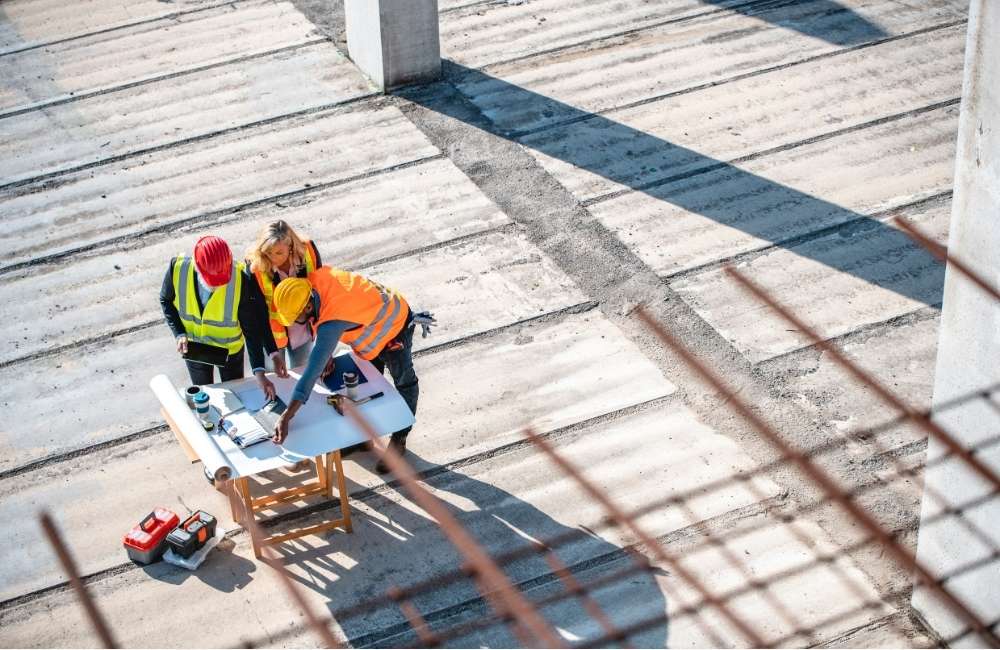Construction excavation is a foundational step in preparing a site for any building project, addressing everything from land clearing to drainage. A well-executed excavation ensures the entire construction process's stability, safety, and efficiency.
Here are seven key benefits of construction excavation and how it creates a solid foundation for successful building projects.
Table of Contents
- Site Preparation and Land Clearing
- Foundation Stability and Support
- Improved Drainage and Water Management
- Proper Grading for Level Surfaces
- Utility and Infrastructure Installation
- Environmental Protection and Erosion Control
- Enhanced Safety and Risk Mitigation
Frequently Asked Questions (FAQs)
Build with Confidence Through Claris Design•Build’s Full-Service Expertise!
Key Takeaways✔ Construction excavation is essential for preparing a stable, well-cleared site for building. ✔ Proper excavation supports a strong foundation, reducing risks of shifting and structural damage. ✔ Effective drainage solutions created during excavation help prevent water damage and soil erosion. ✔ Grading provides a level surface that enhances structural balance and aids in water flow management. ✔ Excavation enables safe and precise installation of underground utilities and infrastructure. ✔ Environmental protection measures, such as erosion control, are integral to responsible excavation. ✔ Excavation enhances site safety by removing hazards and stabilizing ground conditions for workers and machinery. |
1. Site Preparation and Land Clearing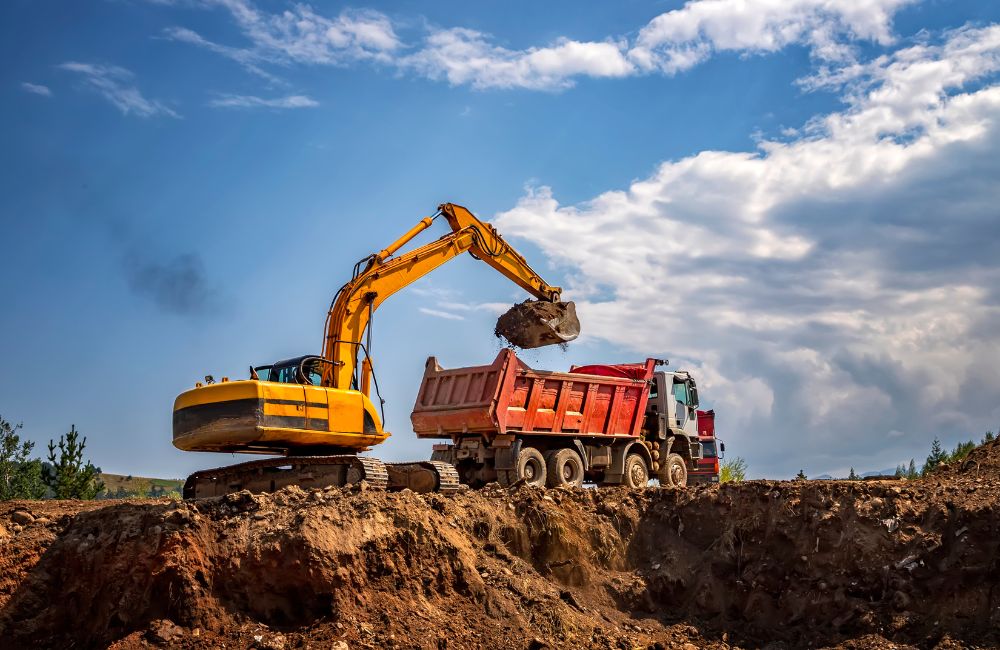
Effective site preparation starts with clearing the land of debris, rocks, and vegetation, which could interfere with construction activities. By establishing a clean and accessible site, excavation allows builders to follow a precise layout and enables safe work environments.
Why Preparation Matters
- Minimizes Risks: Clearing the site removes hidden obstacles and uneven terrain, which reduces hazards that could cause accidents or damage equipment. With a clear site, workers can operate more efficiently, as they can focus on the construction rather than navigating around obstacles.
- Improves Accessibility: Removing natural obstructions like trees and large rocks creates an accessible work environment for heavy equipment, facilitating faster and smoother work. Proper land clearing also provides better visibility and mobility, allowing crews to handle machinery safely.
- Defines Building Boundaries: Site preparation through excavation establishes clear boundaries, helping construction teams stay within the designated project area. Defined boundaries support accurate planning and prevent unnecessary disturbances outside the site’s perimeter.
2. Foundation Stability and Support
Excavation is essential for preparing a stable foundation, which is critical for the safety and longevity of any building. By analyzing soil quality and compacting the ground, excavation professionals create a stable base to support the structure’s weight.
Why Stability Matters
- Prevents Shifting: Proper soil compaction and preparation prevent the foundation from shifting, which can lead to structural cracks or failures over time. Ensuring that the soil is stable reduces the risk of costly repairs and increases the building's lifespan.
- Increases Load-Bearing Capacity: Compacted and leveled soil can support heavier loads, making it suitable for buildings of various sizes and types. This stability allows architects and engineers to design structures confidently, knowing the foundation will handle the expected weight.
- Reduces Long-Term Repairs: A well-prepared foundation minimizes structural issues such as sinking or settling, which reduces the need for repairs later on. By investing in stable excavation practices upfront, project owners can save on maintenance costs and enjoy a more durable building.
3. Improved Drainage and Water Management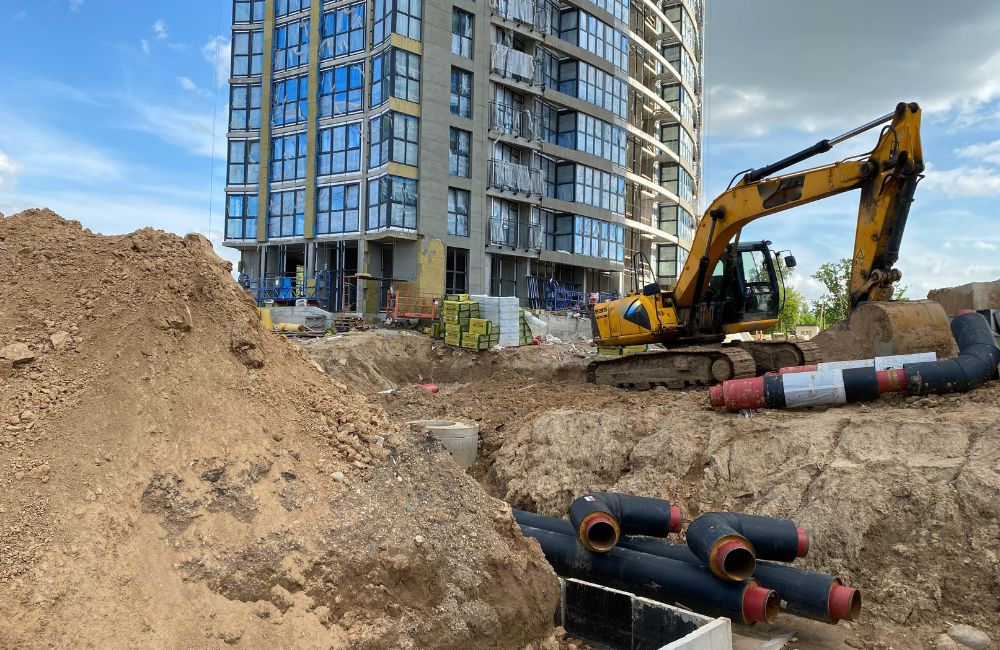
Good drainage is essential to avoid water-related issues that could damage a structure or destabilize the ground. Construction excavation enables the installation of drainage systems that direct water away from the site, protecting both the construction area and the foundation.
Why Drainage Matters
- Prevents Soil Erosion: Drainage channels created during excavation prevent soil from washing away as they keep the site stable and secure. This reduces the risk of weakened ground around the foundation, which could compromise structural integrity.
- Reduces Flood Risks: By diverting rainwater away from the site, excavation reduces the risk of flooding and protects the foundation from water damage. Flood prevention also creates a safer construction site, as it minimizes disruptions due to pooling water.
- Protects Structural Integrity: Managing water flow ensures that moisture does not accumulate near the foundation, reducing the chances of mold, rot, or other water-related damages. A dry foundation area is critical to maintaining a building’s health over time.
4. Proper Grading for Level Surfaces
Grading is essential for creating a level and even surface on which to build, and excavation prepares the land for accurate grading. Level ground prevents structural imbalances and provides a secure base for foundations, pavement, and other site features.
Why Grading Matters
- Ensures Structural Balance: A level surface prevents buildings from settling unevenly, which reduces the risk of tilting or structural weaknesses over time. By grading the site, excavation supports the construction’s overall balance before construction begins.
- Facilitates Water Flow: Grading naturally directs water runoff away from the foundation, helping to protect against water accumulation and damage. This contributes to long-term moisture control that supports both the foundation and surrounding landscape.
- Supports Pavement and Roadwork: For projects requiring paved areas, grading provides a stable base that prevents cracks, dips, and other issues in pavement or road surfaces. A properly graded site ensures smooth, long-lasting roads and walkways.
5. Utility and Infrastructure Installation
Excavation allows for precise trenching to accommodate underground utilities like water, gas, and electrical lines, which are the groundwork for essential infrastructure. Integrating utilities during excavation minimizes disruptions and ensures they’re safely installed according to building codes.
Why Infrastructure Matters
- Protects Utility Lines: Excavation positions utilities securely below ground, to shield them from potential damage during and after construction. Underground placement extends the lifespan of these systems by keeping them safe from environmental impacts.
- Streamlines Installation: Excavating for utilities during site preparation makes it easier to incorporate these elements without disrupting later construction phases. By planning utility placements early, teams can ensure seamless integration with the building layout.
- Complies with Safety Standards: Excavation professionals follow building codes and safety regulations, to ensure trenches and utility installations meet all necessary standards. This compliance reduces the risk of hazards and protects both workers and the final building occupants.
6. Environmental Protection and Erosion Control
Excavation helps manage environmental factors on construction sites, including soil erosion and contamination risks. Erosion control measures implemented during excavation preserve soil stability, which prevents sediment runoff and protects nearby natural habitats.
Why Environmental Protection Matters
- Preserves Surrounding Areas: Excavation teams use erosion control techniques to keep sediment from reaching nearby water bodies or ecosystems, helping maintain ecological balance. These measures protect wildlife habitats and contribute to sustainable construction practices.
- Reduces Soil Loss: Erosion control prevents soil from being displaced, keeping the construction site stable and minimizing the impact of heavy rain or wind. Retaining walls, silt fencing, and drainage solutions help contain soil within the site.
- Handles Hazardous Materials: If contaminants are detected in the soil, excavation teams can safely remove and dispose of them, protecting both workers and the environment. This reduces the risk of soil or water contamination and ensures a safe and compliant construction process.
7. Enhanced Safety and Risk Mitigation
Safety is a priority in construction, and construction excavation helps create a secure environment by stabilizing the site and addressing hazards. By clearing debris, reinforcing the ground, and setting clear boundaries, excavation minimizes risks and supports a safe working environment.
Why Safety Matters
- Reduces Site Hazards: Removing obstacles and stabilizing the soil decreases potential safety risks, allowing crews to work confidently and efficiently. A well-prepared site reduces accidents and creates a safer work environment for all involved.
- Enhances Machinery Operation: A leveled and stable site allows heavy machinery to operate smoothly, reducing the risk of equipment-related accidents. Excavation prepares the ground to support machinery weight, improving operational safety.
- Supports Worker Safety: Excavation establishes secure areas for trenching and other activities, often using protective measures like trench shields to reduce the risk of collapse. These steps ensure a safer environment, as it allows workers to focus on construction tasks with fewer concerns about stability or hazards.
Frequently Asked Questions (FAQs)
What factors influence the cost of excavation?
The cost of excavation can vary significantly depending on factors such as site size, soil type, terrain complexity, and the type of excavation required. For instance, rocky or clay-heavy soil may require specialized equipment, increasing costs. Additionally, factors like weather, accessibility, and the need for erosion control measures can impact pricing.
How long does the excavation process usually take?
The timeline for excavation depends on the project scope, site conditions, and required depth of excavation. Smaller projects, such as residential foundations, may take only a few days, while larger commercial projects can take weeks. Factors like weather, unexpected underground obstacles, and necessary permits can also affect the timeline. Consulting with the excavation team early on helps set realistic expectations for the project's duration.
Are there environmental regulations to consider during excavation?
Yes, excavation projects must comply with environmental regulations that protect local ecosystems and prevent contamination. Regulations often address soil erosion control, runoff prevention, and proper disposal of hazardous materials. Local, state, and federal guidelines may require excavation teams to implement measures like silt fencing, retaining walls, and controlled drainage to prevent soil or sediment displacement.
Can excavation be done during all seasons?
Excavation is possible year-round, but certain seasons may impact efficiency and costs. Winter conditions in colder regions can harden the ground, making excavation more challenging and time-consuming. Rainy seasons can lead to soil instability, which may require additional drainage and erosion control measures. Excavation companies often adjust their methods and equipment to work around seasonal challenges, but project owners should discuss timing with the excavation team to minimize weather-related delays.
How do excavation teams ensure safety on the job site?
Safety is a top priority in excavation, with teams following strict protocols to prevent accidents and protect workers. Teams typically implement trench shields, ground reinforcement, and clear communication protocols to manage risks. Heavy machinery is operated by trained professionals who understand both site conditions and equipment limitations. Additionally, excavation teams adhere to Occupational Safety and Health Administration (OSHA) guidelines and other industry standards to ensure a safe and compliant work environment throughout the project.
Build with Confidence Through Claris Design•Build’s Full-Service Expertise!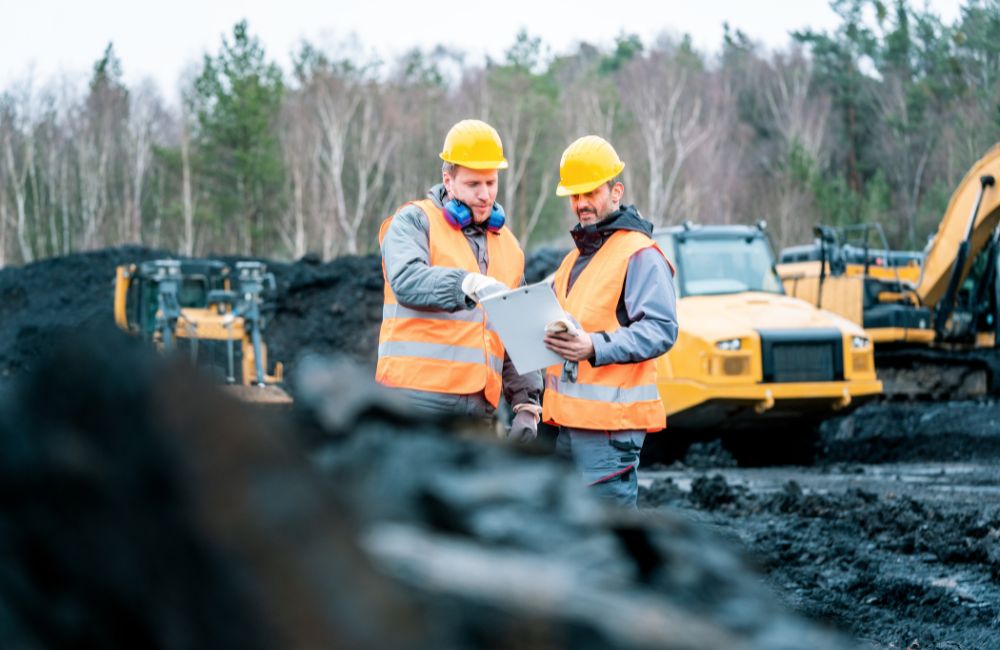
At Claris Design•Build, we specialize in bringing visions to life with a seamless design-build process that integrates architecture, construction management, and expert services like site excavation. Our team ensures every aspect of your project is handled with precision, from initial concept to final construction. With a focus on simple yet elegant solutions, we prioritize safety, efficiency, and compliance to deliver results that exceed expectations.
Contact Claris Design•Build today to start your next project with a partner committed to your success.



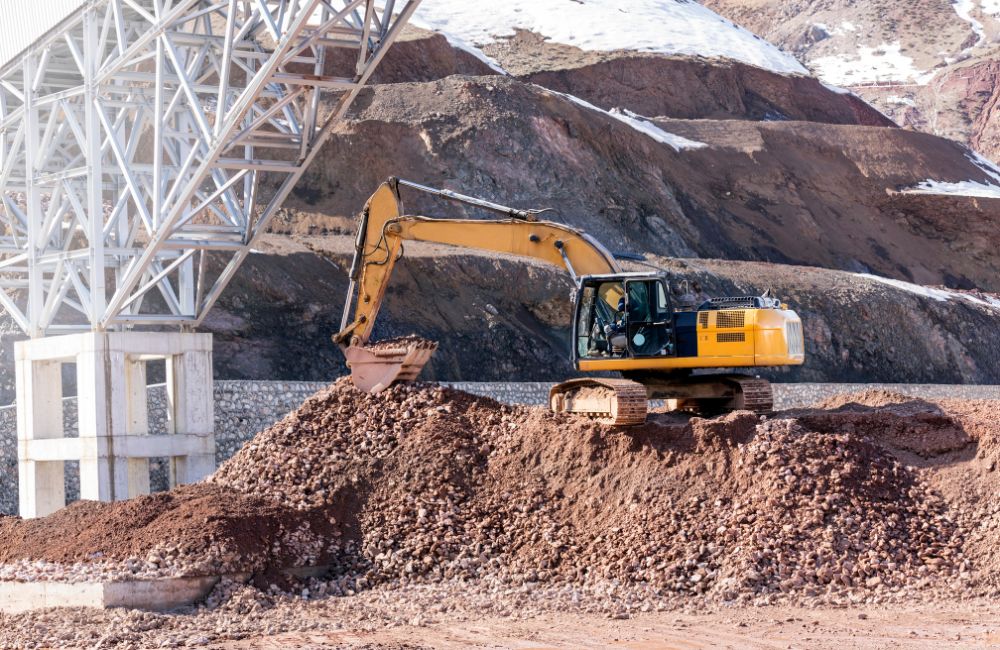

![[2025 UPDATE] Commercial Construction Cost per Square Foot in the US](https://www.clarisdesignbuild.com/wp-content/uploads/2025/04/2025-UPDATE-Commercial-Construction-Cost-per-Square-Foot-in-the-US-3.jpg)
